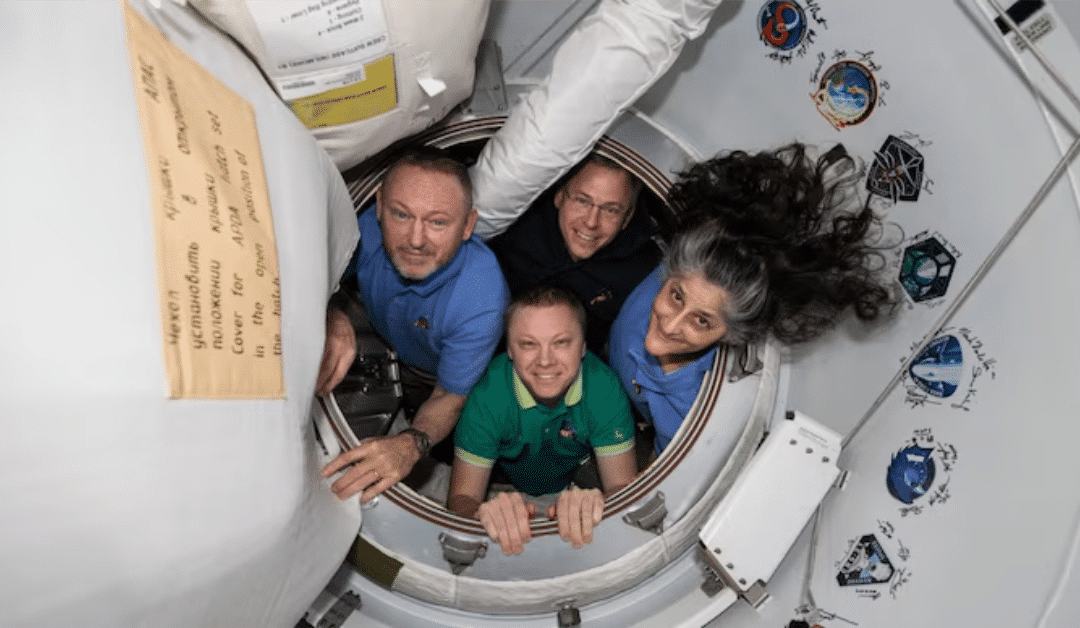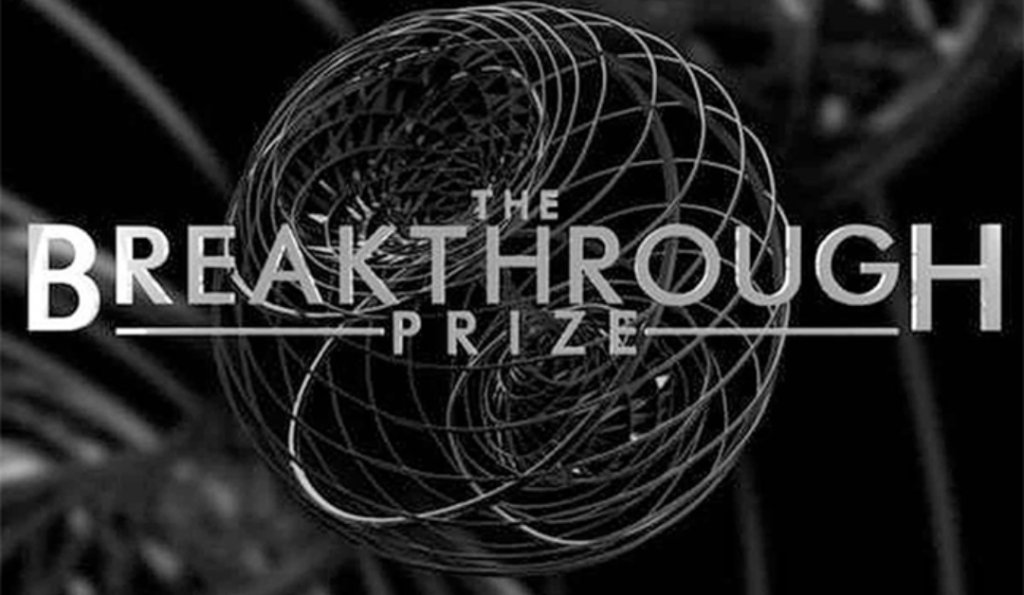Sunita Williams Set to Return to Earth on March 18 After Extended ISS Mission

NASA astronaut Sunita Williams, one of the most experienced female astronauts in space history, and her fellow crew member Barry “Butch” Wilmore have spent nearly nine months aboard the International Space Station (ISS)—a mission far longer than originally planned. The duo was initially launched aboard Boeing’s Starliner spacecraft in June 2024 for what was meant to be a short, eight-day mission. However, technical malfunctions in Starliner’s propulsion system left it unable to safely bring them back to Earth, forcing NASA to extend their stay indefinitely while alternative return plans were arranged.
The situation placed both astronauts in an unexpected predicament. Instead of returning home after just over a week, they had to adjust to an extended stay on the ISS, adapting to a much longer mission that tested their endurance, both physically and mentally.
Technical Issues with Starliner Delay Return
The Boeing Starliner spacecraft encountered a series of propulsion system failures and thruster malfunctions, which made it unsafe for reentry. NASA and Boeing engineers worked extensively to troubleshoot and analyze possible solutions, but ultimately, the decision was made to ground the vehicle rather than risk a potentially dangerous descent.
This technical setback also raised concerns about the reliability of Starliner for future missions. Boeing, in collaboration with NASA, has since been investigating the root cause of the malfunctions to ensure that the spacecraft can be safely used for future crewed flights. However, for Williams and Wilmore, this meant waiting months longer than planned for a safe way back to Earth.
Arrival of Crew-10 Paves the Way for Their Return
NASA’s Crew-10 mission, launched by SpaceX, recently arrived at the ISS, bringing fresh astronauts to replace those who have been stationed there. With the arrival of new personnel, Williams and Wilmore can finally begin preparations for their journey home.
The Crew-10 team consists of NASA astronauts, as well as international members, who will now take over the duties that Williams and Wilmore have been performing during their extended stay. This smooth transition allows NASA to ensure continued scientific research and operations aboard the ISS while facilitating the long-awaited return of the two astronauts.
Planned Return and Splashdown Details
NASA has now confirmed the return date for Williams and Wilmore: March 18, 2025. They will be traveling back to Earth aboard SpaceX’s Crew Dragon capsule, a spacecraft that has proven to be highly reliable for returning astronauts safely from the ISS.
The return sequence involves a controlled departure from the ISS, followed by a descent through Earth’s atmosphere before finally splashing down in the Atlantic Ocean off the coast of Florida. The estimated splashdown time is 5:57 p.m. EDT on March 18 (3:27 a.m. IST on March 19), provided that weather conditions remain favorable.
NASA will be closely monitoring the weather and ocean conditions to ensure that the landing area is safe for recovery operations. If necessary, the return could be rescheduled, but as of now, all systems are “go” for the planned reentry.
The Challenges of an Extended Stay in Space
Spending nine months in microgravity presents unique challenges for astronauts. The human body undergoes significant changes during extended stays in space, including muscle atrophy, bone density loss, and fluid redistribution, which can lead to changes in vision and balance upon return to Earth.
Despite these challenges, both astronauts have maintained their health and fitness through daily exercise routines, a well-balanced diet, and NASA’s continuous monitoring of their physical condition. Williams and Wilmore have also continued to contribute to scientific research aboard the ISS, working on over 150 experiments in areas such as space medicine, microgravity effects on the human body, and Earth observation studies.
While the extended mission was unexpected, it provided valuable data on long-duration spaceflight, which will be crucial as NASA prepares for future deep-space missions, including upcoming missions to the Moon and, eventually, Mars.
Sunita Williams: A Space Veteran’s Perspective
For Sunita Williams, this extended stay marks yet another milestone in an already illustrious career. As a veteran astronaut with previous spaceflight experience aboard the Space Shuttle Discovery and ISS Expeditions 14/15 and 32/33, she is no stranger to the demands of life in orbit.
Williams, an Indian-American astronaut with deep ties to both the United States and India, has long been celebrated for her contributions to space exploration. Over her career, she has logged more than 321 days in space, and following this mission, her total time in space will surpass 600 days, making her one of the most experienced astronauts in history.
Despite the unexpected extension, Williams has expressed her usual calm and resilient attitude, stating that adaptability is a key part of being an astronaut. She and Wilmore have maintained a positive outlook, focusing on their work and supporting their fellow crew members.
Looking Ahead: What Comes Next?
Once Williams and Wilmore return to Earth, they will undergo extensive medical evaluations and physical rehabilitation to help their bodies readjust to gravity. NASA doctors and scientists will closely monitor their recovery, using data from their extended stay to further understand the effects of prolonged space travel on human health.
Their mission also raises important questions about the reliability of spacecraft for future deep-space missions. The failure of Boeing’s Starliner to complete its intended return underscores the challenges that come with developing new crewed spacecraft, highlighting the importance of rigorous testing and contingency planning.
Meanwhile, Williams and Wilmore will likely take a well-deserved break before returning to their respective roles within NASA, potentially helping to shape future space missions based on their firsthand experiences.
A Mission of Challenges, Resilience, and Science
As Sunita Williams and Butch Wilmore prepare to make their long-awaited journey back to Earth, their extended stay on the ISS stands as a testament to the unpredictability of space exploration. While unexpected technical issues altered their original plans, their dedication, resilience, and adaptability allowed them to make the most of their mission, contributing to science while maintaining their health and morale.
Their return will mark the successful conclusion of a challenging chapter in human spaceflight and serve as a crucial learning experience for future missions to the Moon, Mars, and beyond.






No Responses